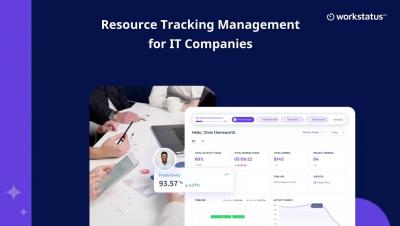Teams | Collaboration | Customer Service | Project Management
Resource Management
What is resource management? A guide to getting started
6 tactics for scaling resource management in enterprise orgs
Managing resources effectively is crucial for large enterprises to succeed. As organizations grow in size and complexity, work that was once manageable becomes a multifaceted challenge as more projects, cross-functional teams, and objectives enter the mix. Often, enterprise leaders find themselves tackling demands and shifting priorities to maintain efficient and effective resource management.
10 Best Strategic Workforce Planning Tools in 2024
You could have the best talent pipeline in the world. However, without the right workforce planning tools on your team’s side, they won’t be working at their full potential. Imagine your team members are scrambling for real-time data on which project to prioritize (as opposed to getting all the information at their fingertips in one click).
10 Best Staff Scheduling Apps: How to Choose that Fit For Your Business
Why Your Business Needs an Employee Scheduling Software
Resource Tracking Management for IT Companies | Workstatus
A Guide to Effective Resource Management for IT Companies
Effective resource management is essential for IT companies to meet project goals on time and within budget. However, many companies still need help managing resources in the workplace to overcome the challenges like: The good part is that you no longer have to live with these challenges. We have a solution for you. Switch to an automated resource management system with the help of workforce management tools like Workstatus.
7 essential tips for successful resource scheduling
Struggling with your agency's resource management? With so many resources to juggle for any given project (from assigning tasks to staying on budget and on deadline), it's no surprise. Enter resource management software: a valuable tool that can help you make the most of your available resources for each project. However, despite the benefits offered by resource scheduling tools, only 23% of businesses surveyed in 2020 report using them — which seems like a pretty major gaffe!
11 Best Resource Management Software for Teams in 2023
Looking for the best enterprise resource management software? We’ve got you covered. With more and more teams working remotely, ensuring that the available resources are being used optimally can be an uphill task. Fortunately, with the right tool at hand, you can streamline resource management and get the most out of your team. According to estimates, enterprise resource planning software is growing at a rate of 4.78% and is expected to reach a market volume of US$62.36bn by 2028.











